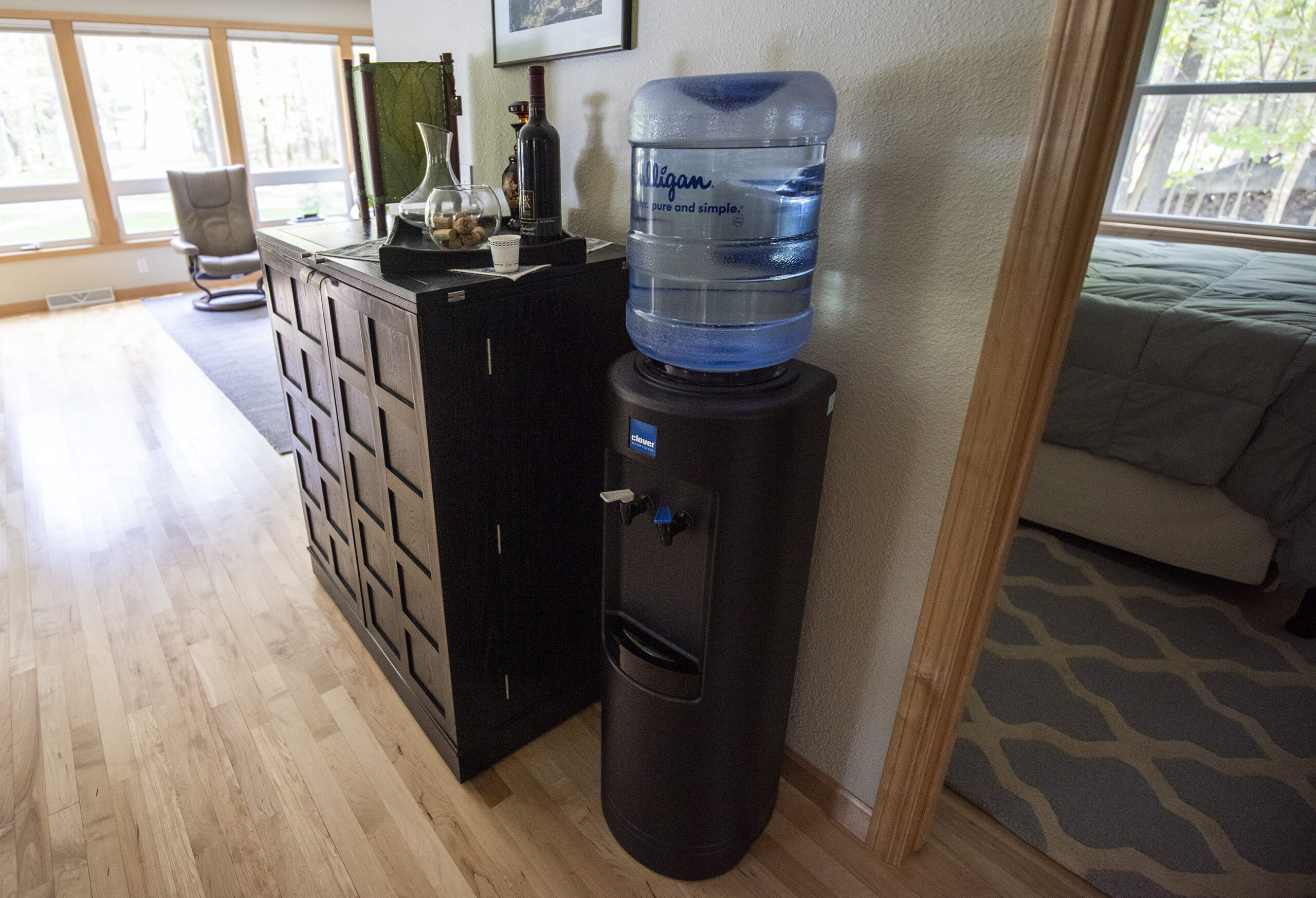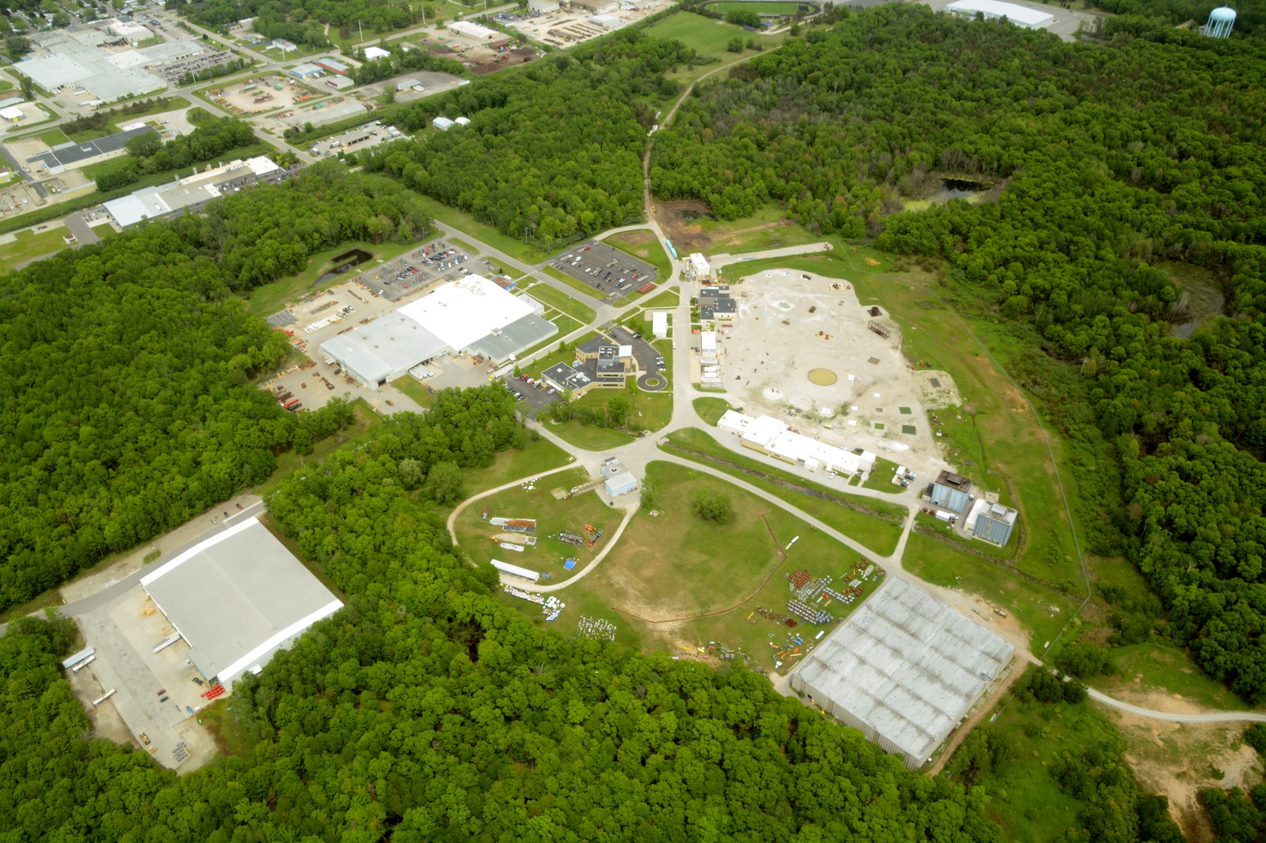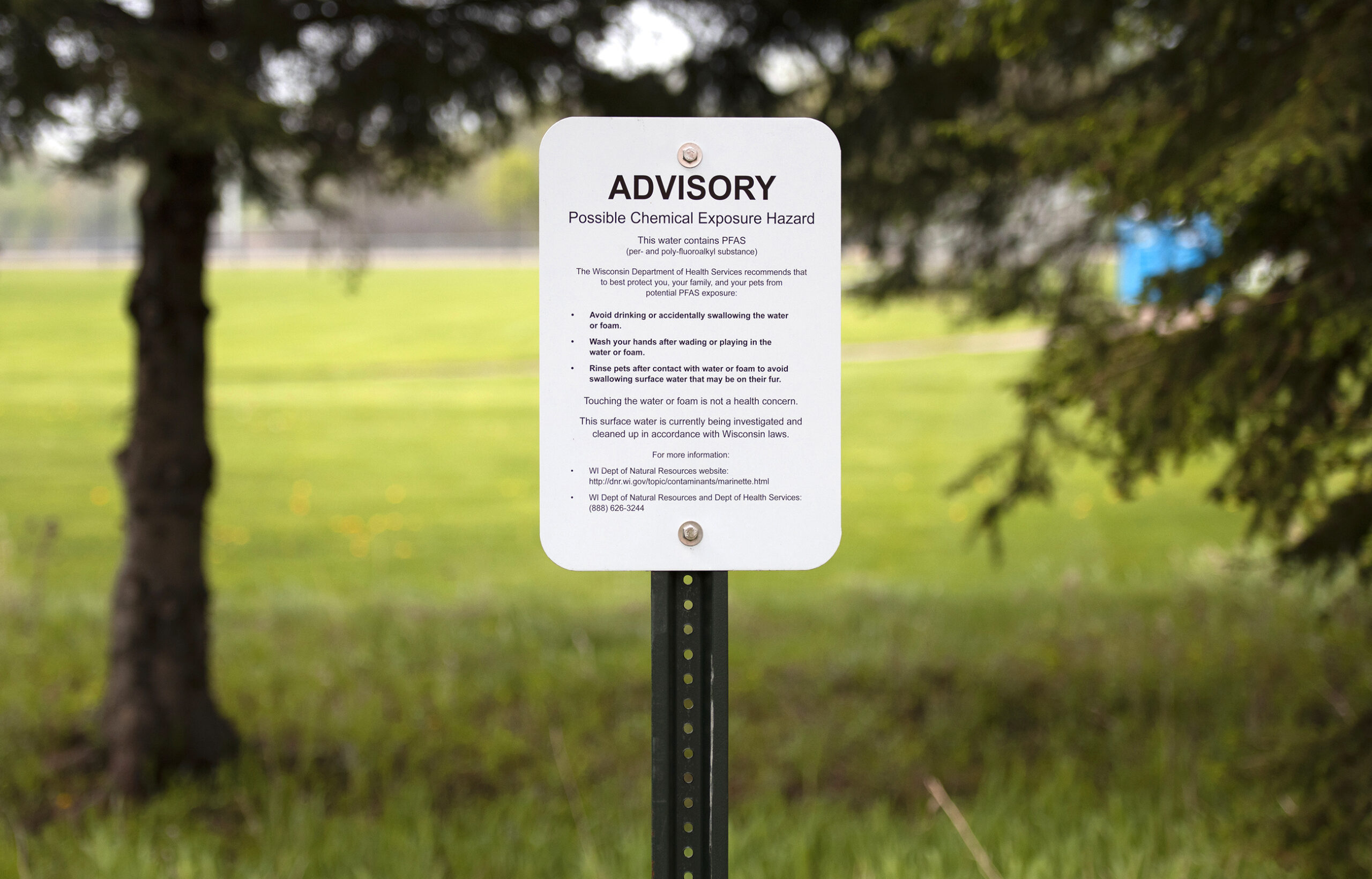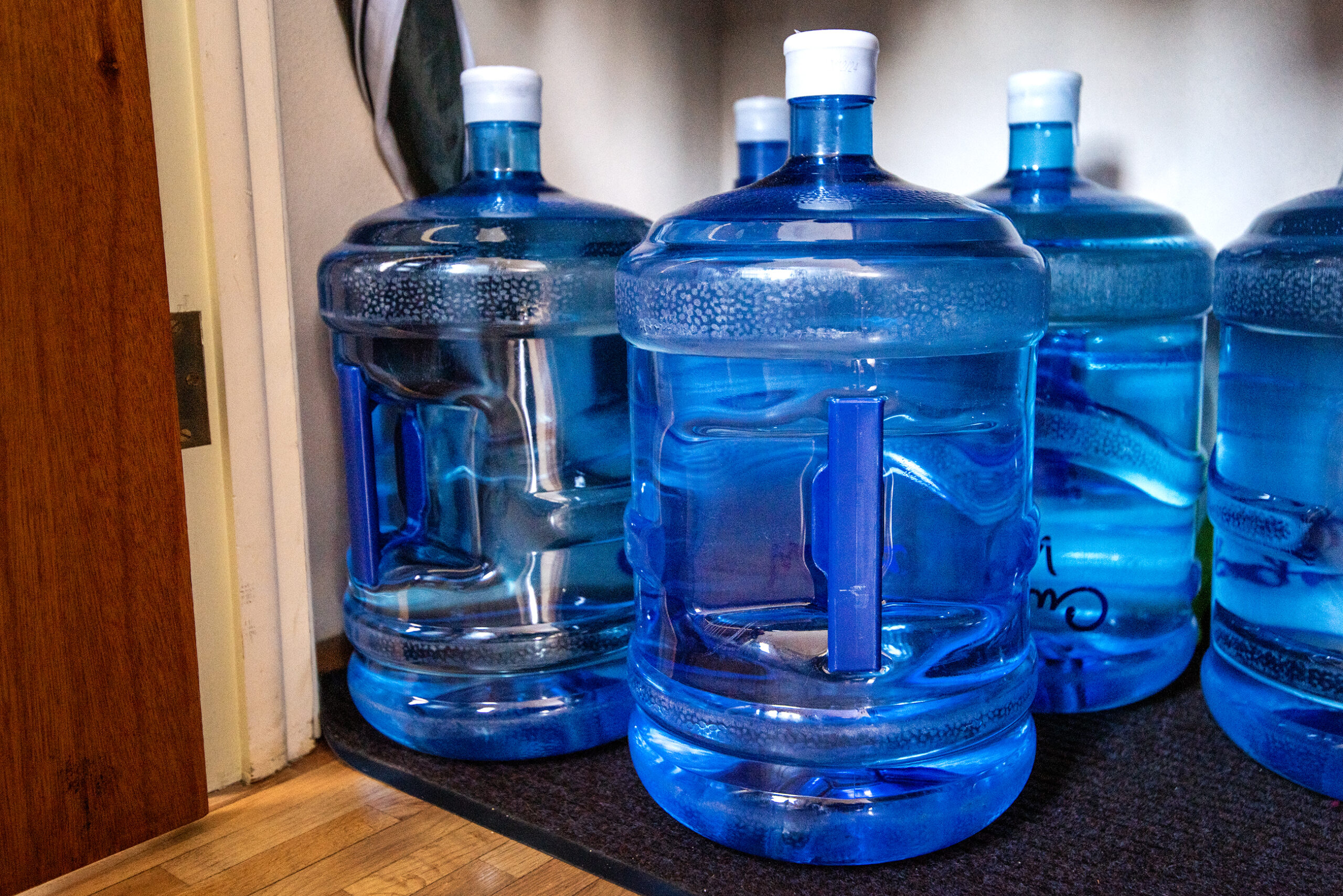An annual report from the Wisconsin Department of Natural Resources shows almost all public drinking water systems in the state met health-based standards in 2022. But an agency official says work is still needed to keep up with developing knowledge around water contamination and public health threats.
Adam DeWeese, public water supply section chief for the DNR’s Bureau of Drinking Water and Groundwater, said it’s no small feat to have 99 percent of public systems meet standards for contamination for the year. He said Wisconsin has the highest number of public drinking water systems in the country, with 11,231 systems, thanks to abundant groundwater.
“The phrase people say is, ‘Anywhere you can stick a hole in the ground, you can get water here,’” DeWeese said. “So we have a lot of very small public drinking water systems, restaurants and churches and schools and so forth, out in the country that are spread out and not necessarily on a large municipal system.”
News with a little more humanity
WPR’s “Wisconsin Today” newsletter keeps you connected to the state you love without feeling overwhelmed. No paywall. No agenda. No corporate filter.
But DeWeese said the state can’t afford to rest on its laurels as a clean water haven. He said the approach to regulating drinking water is evolving with the science around emerging contaminants.
“We’re working on issues that are very important like PFAS and lead,” he said. “These are the issues that we’re aware of now, but there will always be more issues coming down as we discover more things.”
In 2022, DeWeese said one of the biggest accomplishments regarding the state’s drinking water was the creation of a state standard for two types of PFAS contamination. He said requiring monitoring for PFAS now will put Wisconsin ahead when federal agencies likely create their own requirements.
Last year, 139 municipal water systems — about 23 percent of the state’s total — voluntarily tested for PFAS through a DNR initiative. Thirty-four percent had some level of PFAS detected in their water and 3 percent had levels higher than the new state standard.
DeWeese said the number that participated is only a fraction of the state’s total, though it did represent many of Wisconsin’s largest water systems.
“A lot of customers of drinking water in the state got their water tested voluntarily before any requirements came in. So that was really wonderful,” he said. “But now that we have requirements in place for about 2,000 public water systems that are affected by our maximum contaminant levels, we’ll have much better prevalence data coming in.”
He said the DNR has been working to ramp up the number of labs that can test for PFAS and set up a system for handling the large number of new samples. The agency has also been working to identify funding to help the communities that will find the so-called “forever chemicals” in their water.
Sara Walling, water and agriculture program director for environmental advocacy group Clean Wisconsin, applauded the state for being ahead of federal regulators in adopting PFAS standards. But she said the DNR will likely have to revise the standards they’re working to roll out this year when the Environmental Protection Agency establishes what’s expected to be a more strict federal standard.
Walling said more action is needed on PFAS contamination in general, from adopting standards for other types of PFAS chemicals to setting a standard for the state’s groundwater.
“That establishes a standard by which all groundwater must comply,” she said. “Therefore, it provides private well owners a pathway to identify the contaminant and then ideally seek some support from the state.”
The DNR report also highlighted the impact of $10 million allocated to the Well Compensation Grant program last year to help private well owners address contamination problems. It comes after a growing number of private well owners have found PFAS and other contamination problems in communities like Peshtigo and Campbell.
DeWeese said in many instances, the contamination of private wells has nothing to do with the well’s owner, ranging from naturally occurring contaminants like arsenic to nitrates from agriculture or septic systems.
“They’re really hit with a bill to replace a well or add treatment to a well through no fault of their own,” he said. “These can be pretty big hits, $10- or $20,000 for a new well. So, it’s very important that that is funded.”
He said the DNR is still in the process of distributing the grant money for the two-year program.
Walling said a large percentage of the state’s residents receive their water from private wells, so the funding is an important resource. But she would like to see the DNR change the income limits for the program, which she said are too low for many affected well owners to qualify.
“It’s a little on the frustrating side that that income level issue hasn’t been resolved to enable more homeowners to take advantage of our state program,” she said.
In addition to creating new funding opportunities in 2022, the DNR expanded what communities are eligible to have their drinking water-related loans forgiven. Instead of just looking at median household income, the new criteria for a “disadvantaged community” considers the number of families at or below 200 percent of the federal poverty line and the county unemployment rate.
DeWeese said the change will help smaller communities in both rural and urban areas take on expensive infrastructure projects.
Walling said the 2022 annual report highlights how well the state’s public drinking water systems are doing to deliver safe water. But she would like to see the DNR also focus on what contamination levels look like before they go through treatment by these water systems.
“Understanding really what the contaminant levels and loads are like across the state, so that efforts by the DNR, the Department of Agriculture, Trade and Consumer Protection; Department of Health Services and nonprofits like ourselves can focus our attention on areas of the state that have contamination issues that are causing our public water supply systems to have to work really hard and spend a great deal of money on the treatment systems,” she said.
Wisconsin Public Radio, © Copyright 2026, Board of Regents of the University of Wisconsin System and Wisconsin Educational Communications Board.







